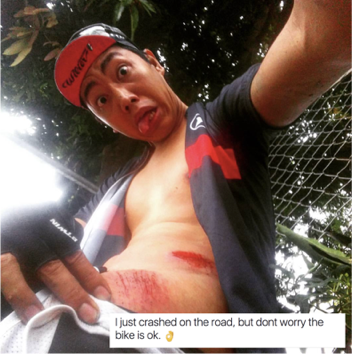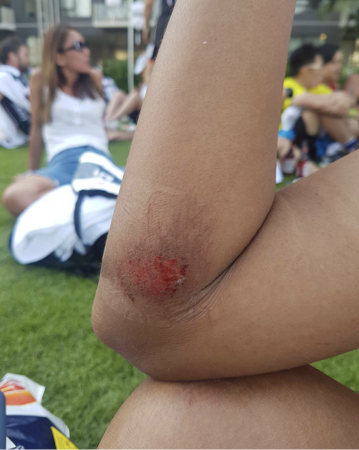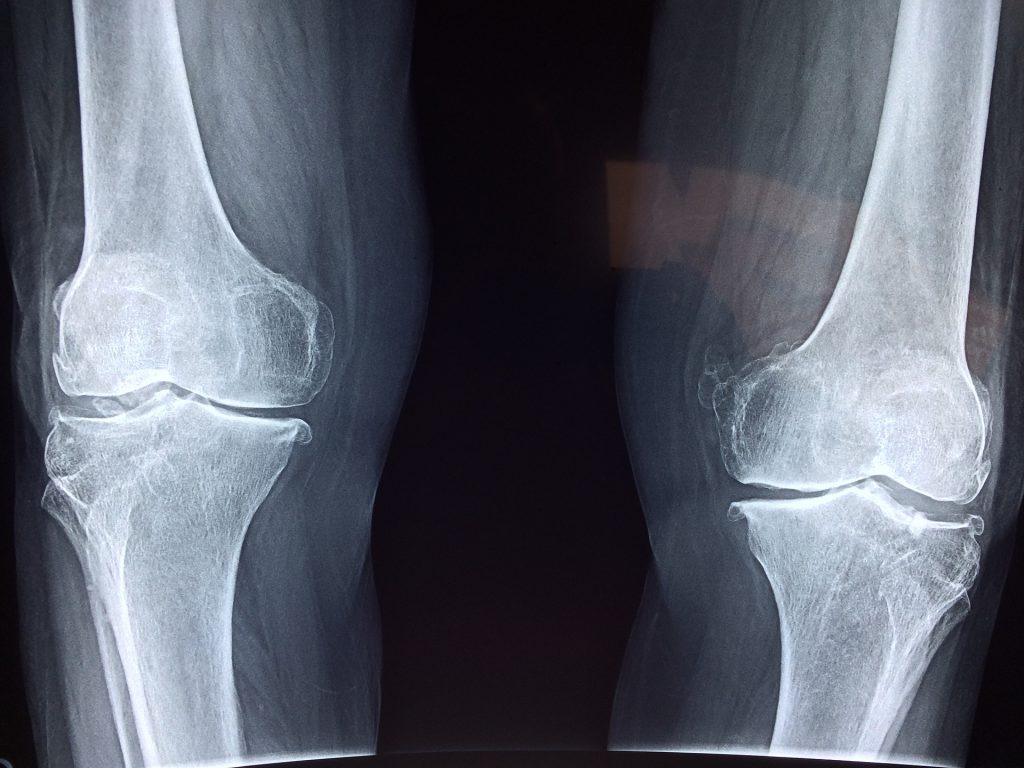Know the kind of care you need for your bike injuries
Lead photo by Coen van de Broek/Unsplash
We’ve all fallen.
It’s already a given that if you ride a bike, you’re almost definitely going to crash. We kid most of the time that our knee-jerk reaction to a crash is to inspect our bikes first for damages. Then check if we’ve broken any bones. Best thing you could do is keep your wits after a crash, please.
We couldn’t stress enough on the safety measures—like helmet, gears, and bike fit—in cycling, but this guide is dedicated on how to deal with a crash and bike injuries.

Basic first aid
When you crash, it’s as if everything is in slow motion, right? You could be dazed or confused after falling. Take your time getting up and assess yourself. Do you know where you are? Can you feel and move your limbs? If you can’t move a body part or have difficulty moving because of pain, it’s most probably a serious injury.
Call for help and seek immediate medical attention. If you feel dizzy, nauseous, sleepy, or confused, these are signs of head injury. Stay still and wait for aid. If you can walk around fine, you’re alright.
Minor bike injuries
We’ve had our fair share of having been slightly banged up. Here are some tips for minor injuries that could help for faster recovery and prevent complications.
Abrasions

Grazes and scrapes are fondly called ‘Tocino’ by Pinoy cyclists. There is little bleeding and scarring for mild superficial abrasions, but it stings. This is because the topmost protective layer of the skin or epidermis is damaged and the inner layer is exposed. This should be immediately cleaned with soap and water, and the debris removed. Topical antibiotics should be applied to prevent bacteria from infecting and keep the wound moist. The wound should also be dressed with bandages to keep from drying out. These would help lessen nasty scarring. If the pain is not tolerable, take pain relievers.
Bruises
Bruises or hematomas are clotted blood under the skin caused by trauma. These are minor injuries that resolve by itself over time, usually in a week or two.
Sometimes when bruises are large, they may cause discomfort or pain. Remember RICE for treating light bruises: rest, ice, compression, elevation. Ice should be used within 24 to 48 hours post-trauma to restrict blood flow to the area and prevent further internal bleeding. After about two to three days to ensure all internal bleeding has subsided, use warm compress and do light massages to encourage blood flow and relieve pain. Simple pain relievers and NSAIDS can be used to lessen inflammation and pain. Medicated creams such as Hirudoid may be used for faster healing.
Remember RICE for treating light bruises: rest, ice, compression, elevation
Strain and sprain
These are common injuries not only in cycling but in other sports as well. When we hear fellow athletes say they “pulled a muscle,” it could either be a sprain or strain.
A sprain is the stretching or tearing of ligaments, bands that connect bones, while a strain is the stretching or tearing of muscles or tendons, bands that connect muscles to bones.

Usually sustained from muscle or joint overuse, the symptoms are similar and the two are often confused. Suspect sprain or strain if there is pain around the affected joint, swelling, limited flexibility, and difficulty in using the joint’s full range of motion.
Treatment is similar to bruises, using RICE in the first 24 to 48 hours. However, If you’re still having issues after two weeks, these injuries should be assessed by a doctor to make sure there are no fractures and microfractures on your bones. An X-ray or MRI can help identify these serious injuries.
The first priority is to make sure you are okay and seek medical attention. You can worry about your bike next and all the rest.








































